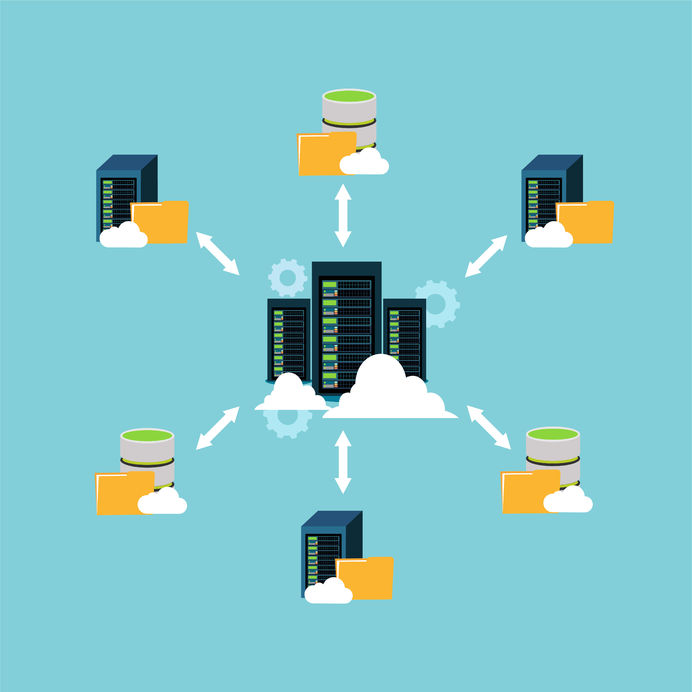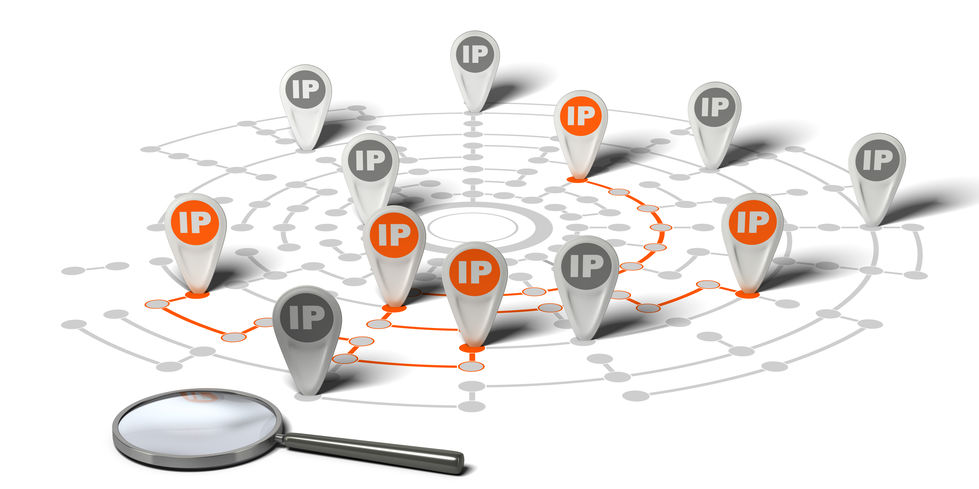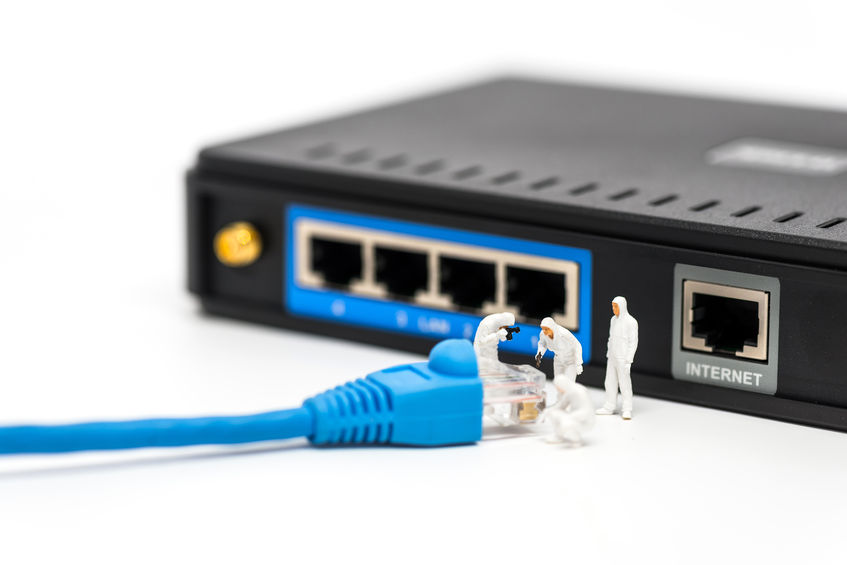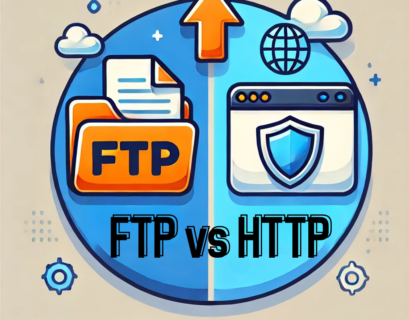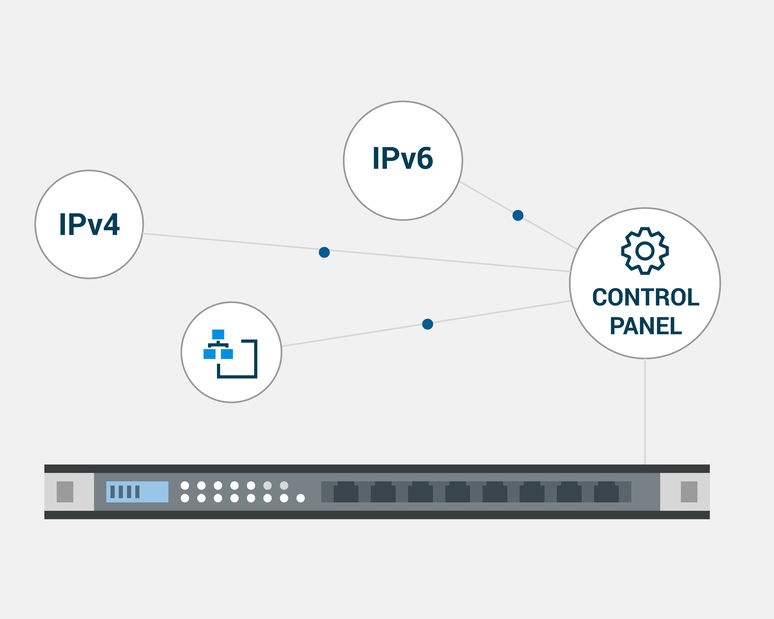What is a Primary DNS server and how does it work?
We have already talked about what is DNS and what is a Secondary DNS, this time we will focus on...
What is IPAM? Can you work without it?
IPAM – IP Address Management is a method of planning, tracking, and administrating the information related to IP address space. In the...
IPsec Explained: What It Is and How It Works
Welcome to the world of IPsec! In today’s digital age, protecting sensitive information from cybercriminals is crucial. That’s...
What is Domain Name Resolution?
Domain name resolution is the process by which internet users receive the address of the domain...
TCP (Transmission Control Protocol) – What is it, and how does it work?
Imagine sending a message across the world and trusting it will arrive perfectly intact. That’s the magic of TCP, or Transmission Control...
Traceroute command and its options
The Traceroute command is one of the easiest yet most effective ways of troubleshooting network issues. It is great software for checking...
What is DHCP? How does the DHCP server work?
The DHCP server has changed the lives of all administrator forever. It has given them the commodity...
Why does DNS use UDP?
If you have ever wondered why DNS primarily relies on UDP (User Datagram Protocol) instead of other transport protocols like TCP...
FTP vs HTTP: Understanding the Key Differences
Today we will see what exactly is FTP (File Transfer Protocol) and how does it compare to the newer protocol called HTTP (Hypertext...
IPv4 vs IPv6 and where did IPv5 go?
Every time you see some network settings, there are IPv4 or IPv6 addresses. As you can guess, the...

